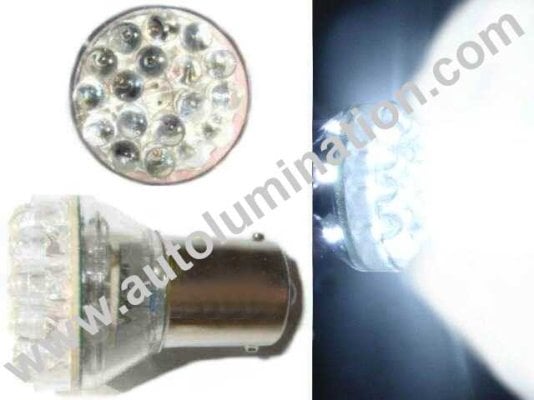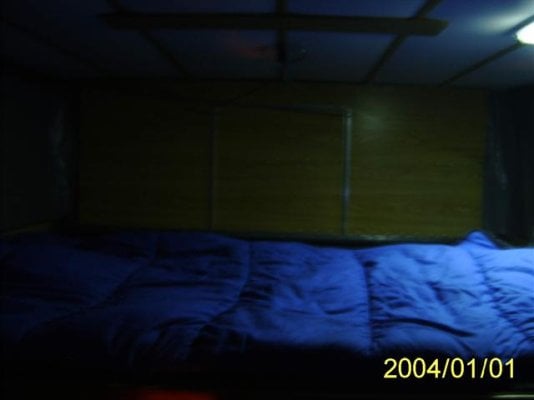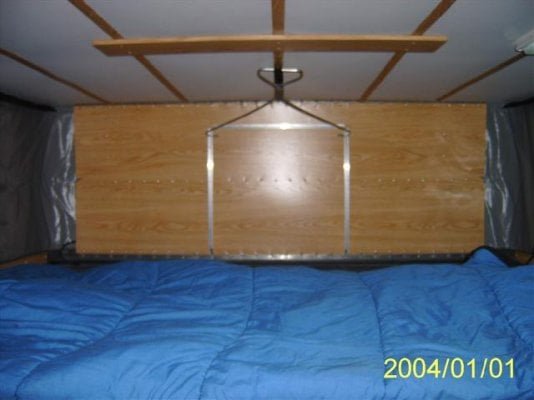I bought LEDs for my experiments from Superbrightleds.com. They provide information about wiring LEDs, polarity, and resistors for various configurations. So far, I have actually built prototype units with 2 or their part numbers, RL5-W45-360 and RL5-WW7035. I have use a bunch of different LEDs from RadioShack but Superbrightleds is a better less expensive supplier.
Here are some points. For any given part number, more LEDs means more light. Different LED part numbers have ratings for a cone of brightness. I am modifying 12 volt bulbs to convert my fixtures to LED sources. New LED based fixtures will look entirely different.
There is a lot to be learned about the quality of LED lighting and the medical effects. The light from most white LEDs has a bluish color. Even the LEDs sold as having a softer light have a bluish look. In the terminology of physicist the temperature of LED lighting is high, over 7000 degrees, whereas the color of incandescent lighting is 2800 degrees. This refers only to the color and does not mean LEDs are hot to the touch. They are cool. My concern is the +7000 degree lights may have an ultraviolet property that might be harmful to the eyes. With dim lighting comprised by a one to four LED elements behind a diffusing lens, I don’t think there is a problem, but 36 LEDs directly into the eyes … I would be cautious with really bright LED units until more information is available. I do not know if there is any danger to the eyes or not from LEDs.
My objective in these experiments is to reduce electrical consumption in my camper. Maybe I can use a couple of AA batteries to light my camper for a week. I have made no progress on running my furnace with LEDs












